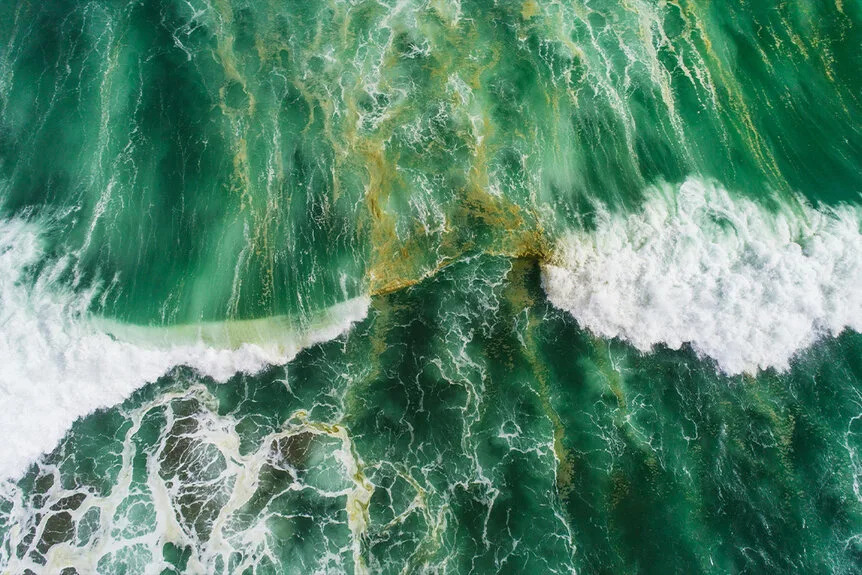A Buoy in the Pacific Detected the Most Extreme Rogue Wave Ever Measured
Cassidy Ward
Wed, December 13, 2023
Water covers roughly two thirds of our planet in a cold, dark blanket thousands of meters thick. Those vast global waters hold never-before-seen creatures, undiscovered ecosystems, and untold secrets. In the case of one well-meaning teenager, the ocean hides monsters and the truth of her identity as Ruby Gillman: Teenage Kraken (streaming now on Peacock).
Throughout history, sailors have told tales of krakens, great serpents, mermaids, and all manner of sea monsters. For better or for worse, we haven’t managed to find any reliable evidence that any of them actually exist (although the giant squid is a pretty good stand in), but some old sailing tales turned out to be true.
RELATED: What is a Kraken? Ruby Gillman’s Sea Monster History Explained
For hundreds of years, oceanic explorers have reported encountering rogue waves which appear out of nowhere to destroy ships and claim lives. Those stories were largely discounted until scientists confirmed the existence of a rogue wave in the ‘90s. Now, a fortunate buoy measurement reveals the most extreme rogue wave ever recorded.
The Most Extreme Rogue Wave Ever Recorded
In November of 2020, scientists received an alert from a single buoy floating off the coast of British Columbia. According to the measurements, the buoy had suddenly lifted more than 17 meters (58 feet) above its previous position before crashing back down again. It took more than a year for scientists to figure out what had happened, and we know now that the buoy was picked up by a fleeting but impressive rogue wave.
Otherwise known as “extreme storm waves,” a rogue wave is defined as any wave which is at least twice the size of its next-door neighbors. They can be unpredictable and can even come from unexpected directions, moving at odds to prevailing winds and nearby waves. The few folks who have been unfortunate enough to see a rogue wave up close have described them as a wall of water with nearly sheer walls.

Aerial view of waves splashing in sea.
Aerial view of waves splashing in sea. Photo: Nazar Abbas Photography/Getty Images
Rogue waves are powerful enough to threaten sailing vessels, oceanic equipment like oil rigs and scientific stations, and coastal areas. We may have spent centuries believing they were just a legend told by bored sailors, but we now believe that at least some shipwrecks can be laid at the watery feet of rogue waves. Moreover, climate change is predicted to make rogue waves even more impressive. If our environmental relationships continue as they have been, we can expect the rogue wave record to be broken again relatively soon.
RELATED: Just Like Scientists Predicted, There Is a Massive Blob Stretching Across the Atlantic Ocean
It isn’t totally clear how and why rogue waves form, but researchers have a couple of ideas. Data from these sorts of sensing buoys is just what we need to get a better handle on things. One idea is that several smaller waves moving in the same direction but at different speeds all line up and reinforce one another, creating a mega wave. An alternate explanation involves a stormfront forming waves which move against the normal wave direction. If waves crash into one another just right, their wavelengths can shorten, collapse together, and create a short-lived monster wave.
While 58 feet is far from the tallest wave we’ve ever seen, the ratio between the November 2020 wave and its neighbors was the most extreme we’ve ever seen. Most rogue waves are about twice the size of nearby waves, but this one was almost three times the size of its neighbors.
No comments:
Post a Comment